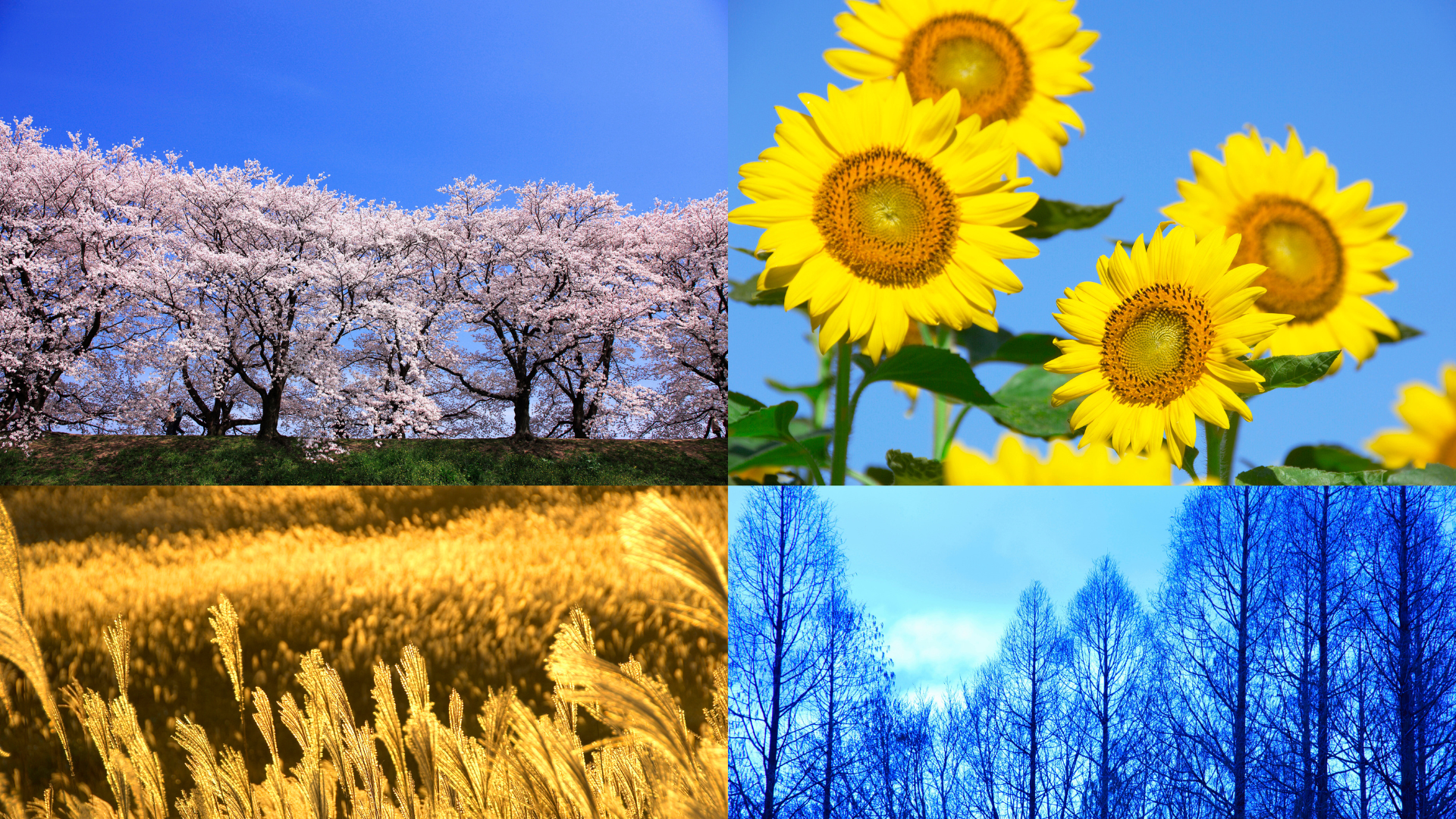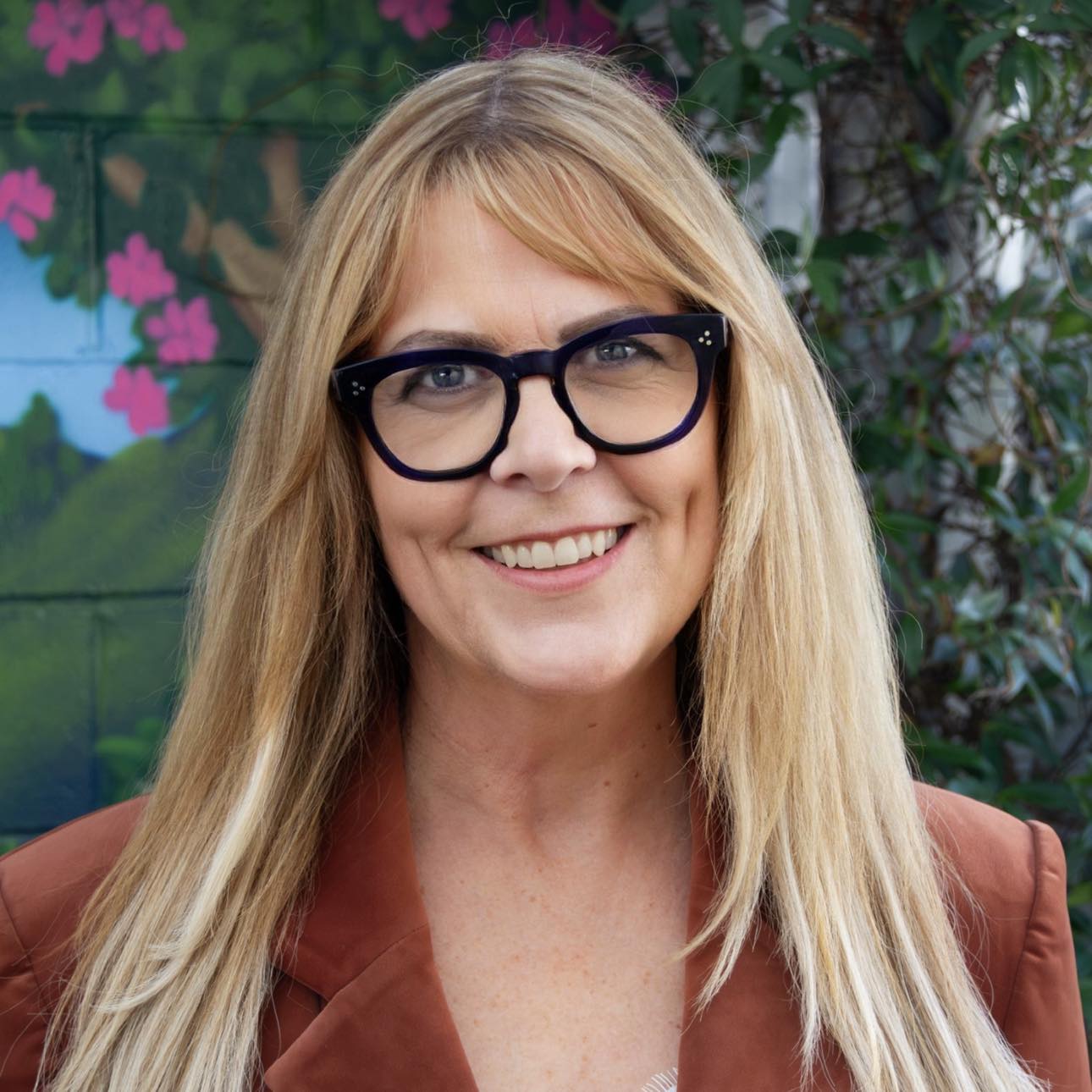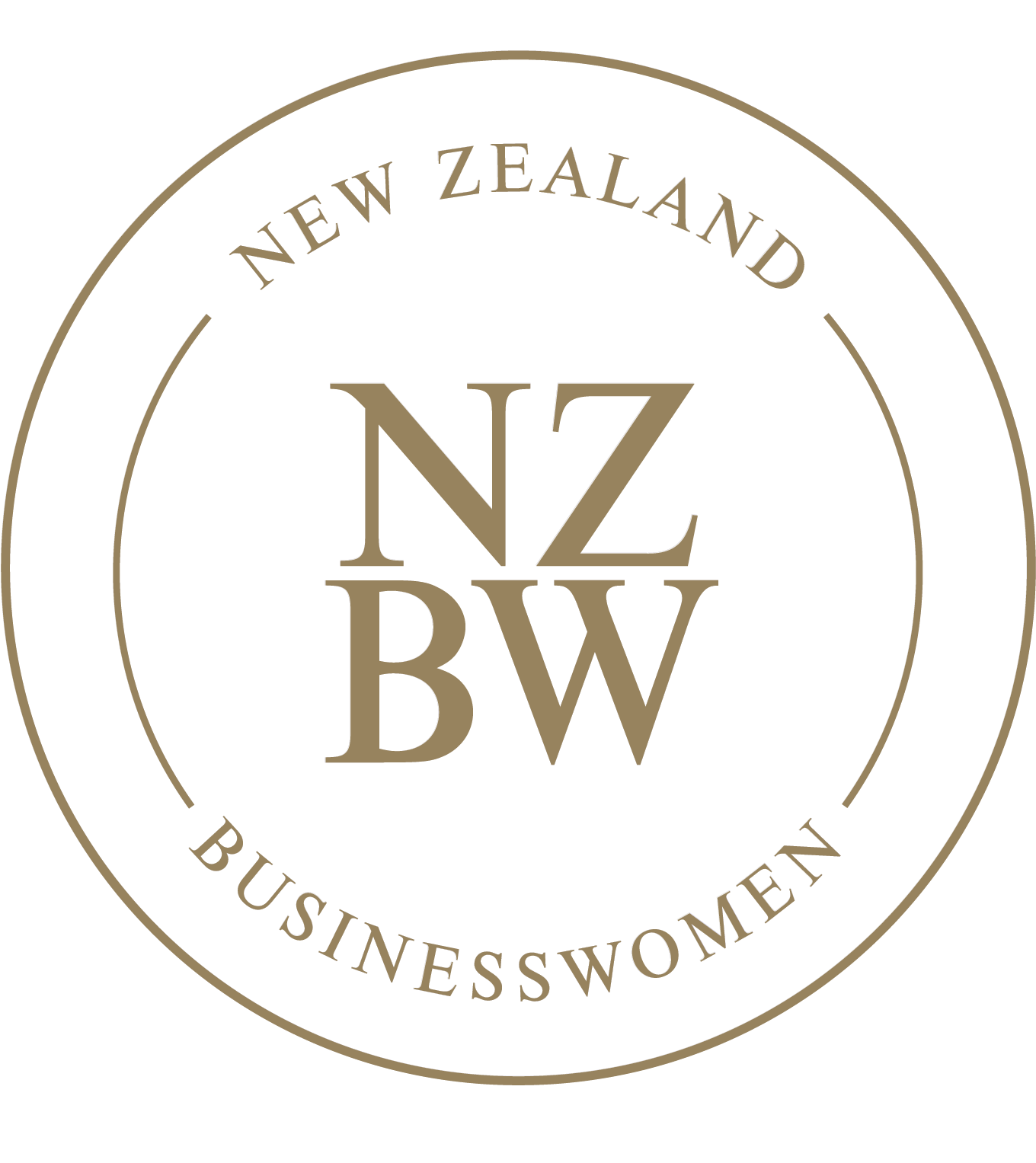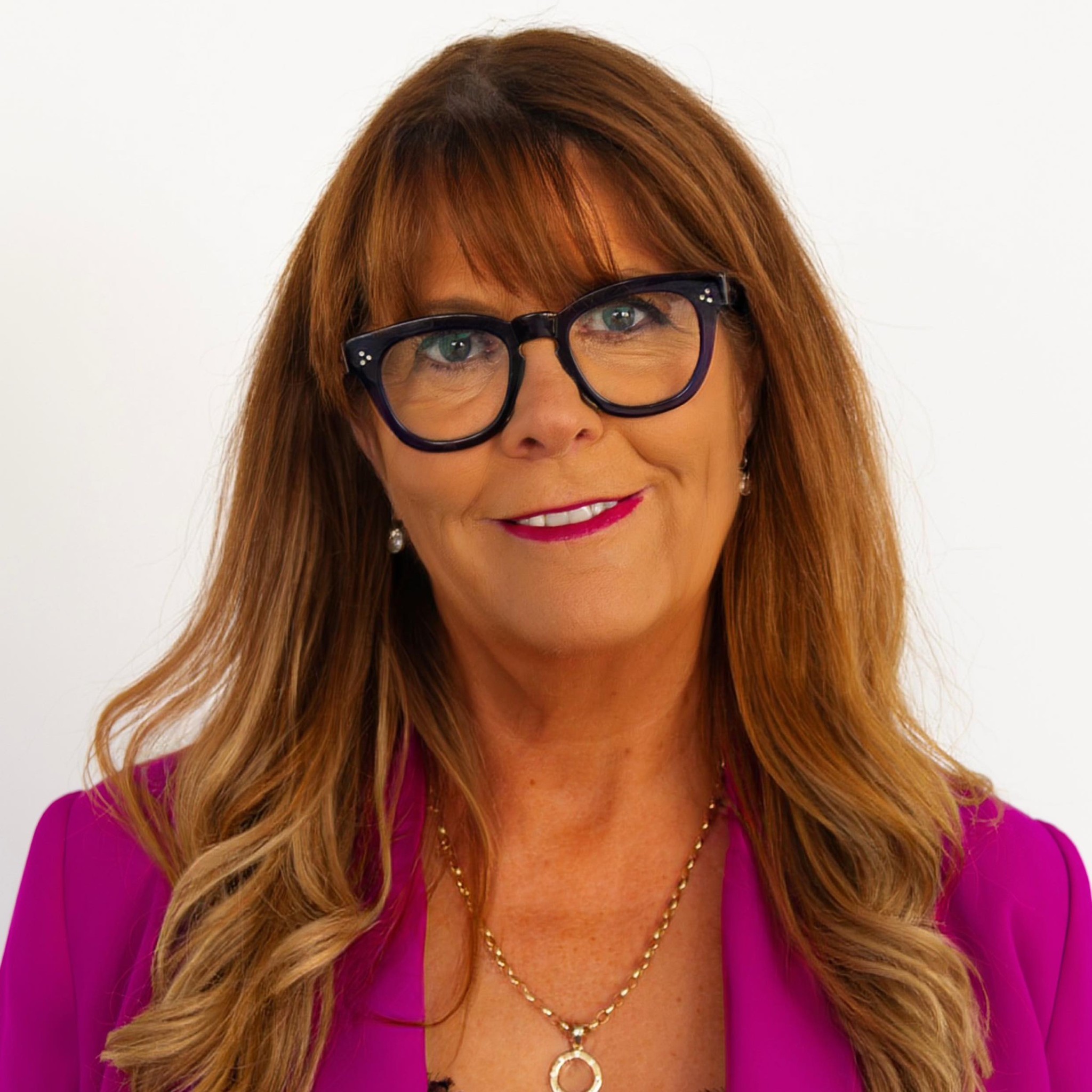
Meeting Topic
Introduction to Meeting Topic:
You know you ought to keep in touch with your customers and prospects, and a regular e-newsletter sounds like a grand idea. But where do you start?
Lindsey Carroll from Outbox Ltd is a Chartered Marketer and Mailchimp Pro Partner and gives ideas on how to populate your newsletters, automation and news flashes.
E-Newsletters – A Great Way To Build Business And Grow Relationships
You know you ought to keep in touch with your customers and prospects, and a regular e-newsletter sounds like a grand idea. But where do you start?
To begin with, consider these Top 3 Tips:
- Be realistic and have a plan. Can you honestly produce a newsletter every week? It’s far better to have a monthly (or even quarterly) schedule and to stick to it. It gives you a format and ample opportunity to compile relevant and engaging content. Once you’ve decided on frequency, have a folder on your Desktop for potential material (ideas below.)
- War & Peace doesn’t make a great newsletter. Short and informative is good. Intriguing enough to click through to your website for the full story is better.
- On that point, you can monitor those clicks to gain an insight into your readers’ interests. Then you can tailor your content to offer maximum appeal. Click rate is far better to monitor that opens since Apple’s change in reporting in September 2022, when they report an open before delivering an email to Mail or devices.
What are you going to share with your readers? A few of the following ideas should give you a solid starting point:
- An article that’s relevant to you and of interest to your readers. That second part is crucial. Ideally, this should be written up as a Blog on your website with a hyperlink from your newsletter. If you’ve genuinely no news of your own then pick a news story or blog that applies to your industry and “piggyback” it – giving it your own introduction. Be very sure to credit the original source material.
- An offer, service, product or event that you’d like to promote. How about giving your readers an exclusive deal? Be sure to use a hyperlink back to your website so that you can evaluate levels of interest.
- News of a business partnership or a case study. How will this be of benefit to your readers? Remember to focus on that, rather than on how it’s of benefit to you.
- Recommend a great business. If you think that one of your suppliers is the best thing since sliced Vogel’s, why not tell your readers about them? The benefits to everyone involved could be far reaching.
- Meet the team. It feels good to do business with a real person, to know who’s at the end of the phone or e-mail. Help your clients get to know your business by featuring a member of staff in each newsletter. Maybe link it back to the About Us page of your website too.
- Have humour. The world’s a serious place. If you can share a joke and raise a smile then you’ll almost certainly brighten someone’s day.
- Automation/Welcome series. Produce a series of emails once your reader signs up, these need not to be time sensitive, but can save you the problem of keeping in touch on a regular basis.
Additionally, make it really easy for readers to find your contact details and key areas of your website. Design a strong template – easy to use and branded for your company.
An authentic e-newsletter containing genuine, relevant and fresh ideas can certainly have a positive effect. However, mass-produced mailers, pre-populated with generic and potentially irrelevant content, could severely damage your reputation and may even have your e-mails perceived as spam.
Learn from what others send you. Have a quick flick through your In-Box and pick out a couple of newsletters. Are they engaging? Do they interest you enough to “click here to read more”? Or are they a hard sell, written in a way that makes you feel like you’re being shouted at? Make a note of what you like – and what you don’t.
Outbox’s advice is: if you’re going to produce e-newsletters, do them properly – or not at all. Your first newsletter will probably be the most challenging, as you grapple with copywriting and finding suitable illustrative images and so on. But remember that there are people who can help you; you don’t have to do everything yourself. By all means, contact Lindsey at Outbox for recommendations.

Next Meeting Topic
Introduction to Meeting Topic:
Cyclical business works in a similar way to nature’s seasons. Nature has a burst of energy in Spring/Summer (expansion), and then goes into hibernation in Autumn/Winter (contraction). It’s not possible for nature to be productive all the time, and it’s the same for us, but our cycle is our menstrual cycle and our seasons are known as Inner Seasons.
Facilitate Growth by Embracing Cyclical Business By: Karen Maggs
Cyclical business works in a similar way to nature’s seasons. Nature has a burst of energy in Spring/Summer (expansion), and then goes into hibernation in Autumn/Winter (contraction). It’s not possible for nature to be productive all the time, and it’s the same for us, but our cycle is our menstrual cycle and our seasons are known as Inner Seasons.
How does it work?
Understanding what Inner Season you are in can help you plan your business so that you are at your peak at the right time. Here’s some suggestions on what you could do to make the most of each of your Inner Seasons in your business.
Inner Winter (days 27 – 5 of your cycle)
- You probably have a need for quiet and space, and may be lacking confidence
- A good time for deep thinking
- Have the minimum number of meetings in this time
- You may feel unclear in your thinking so avoid making big decisions in any form
- Creativity is at its lowest – reschedule it for your Spring/Summer phase
- Focus on tasks that are routine and mundane, and don’t require a lot of energy
Inner Spring (days 6 – 11 of your cycle)
- Start scheduling all those creative elements of your work, but pace yourself so you don’t burn out. You are still building your energy
- Start developing those ideas that you had in your Inner Winter phase
- Keep a journal of ideas so that you don’t lose them
- You’ll begin to get more energy for meetings and social events – schedule them in, but keep it balanced
Inner Summer (days 12 – 19 of your cycle)
- You are in full swing Energy is at its highest, creativity is at its peak and you’ll be feeling at your most confident
- This is a great time for holding interviews and meetings
- Let your creativity flow – whether it’s problem solving, writing marketing material, updating your website, or creating a plan for Instagram, this is the time to do it
- Communication is at its peak so anything that requires careful communication is best done in this time
Inner Autumn (days 20 – 26 of your cycle)
- Energy begins to wane and so does your sociability
- Patience shortens and assertiveness rises – take care in how you treat others
- Plans may come to fruition in this phase – you may find yourself nutting out the final details before signing deals, or even exiting yourself from things that no longer serve you
- Discernment rises at this time – you are more likely to say ‘no’ to things, events, meetings and people
Every woman’s cycle is different but this gives you a rough idea of what you can expect in each phase. If you no longer have a cycle, you can track your moods, emotions, energy etc. using the moon. Start with the New Moon (like it’s the beginning of your cycle) and track from there.
Kāren Maggs is a Midlife Empowerment Coach, Menopause Educator and Menopause Doula-in-Training. You can find out more about her and her work at www.karenmaggs.com
 Print This Post
Print This Post




